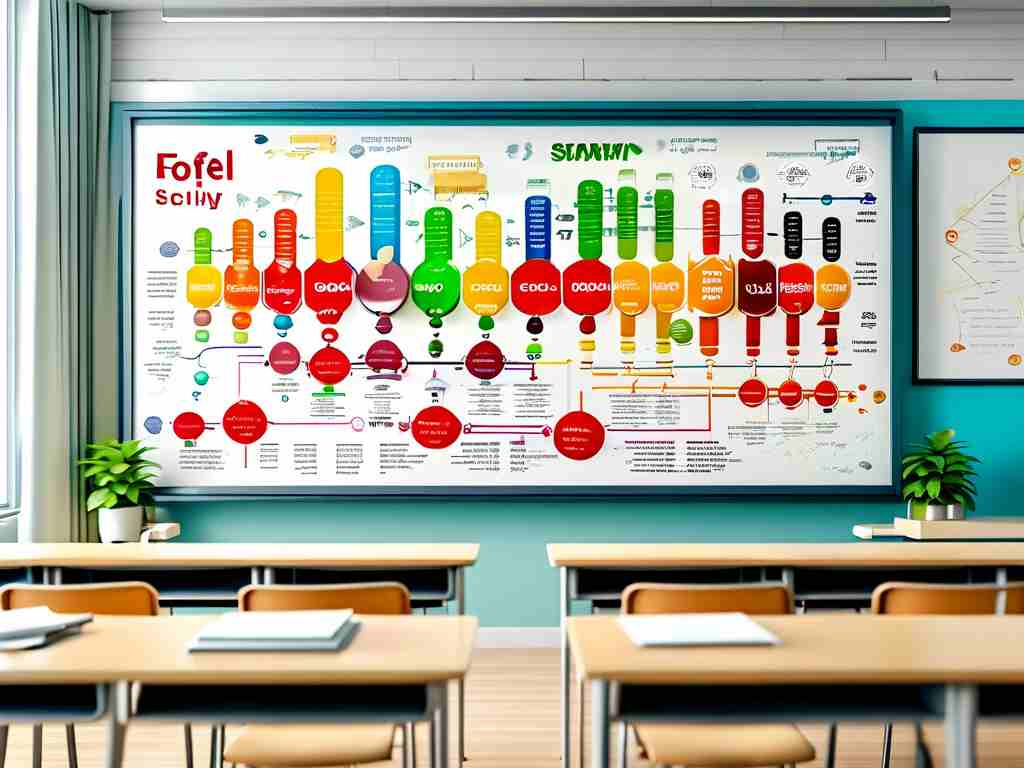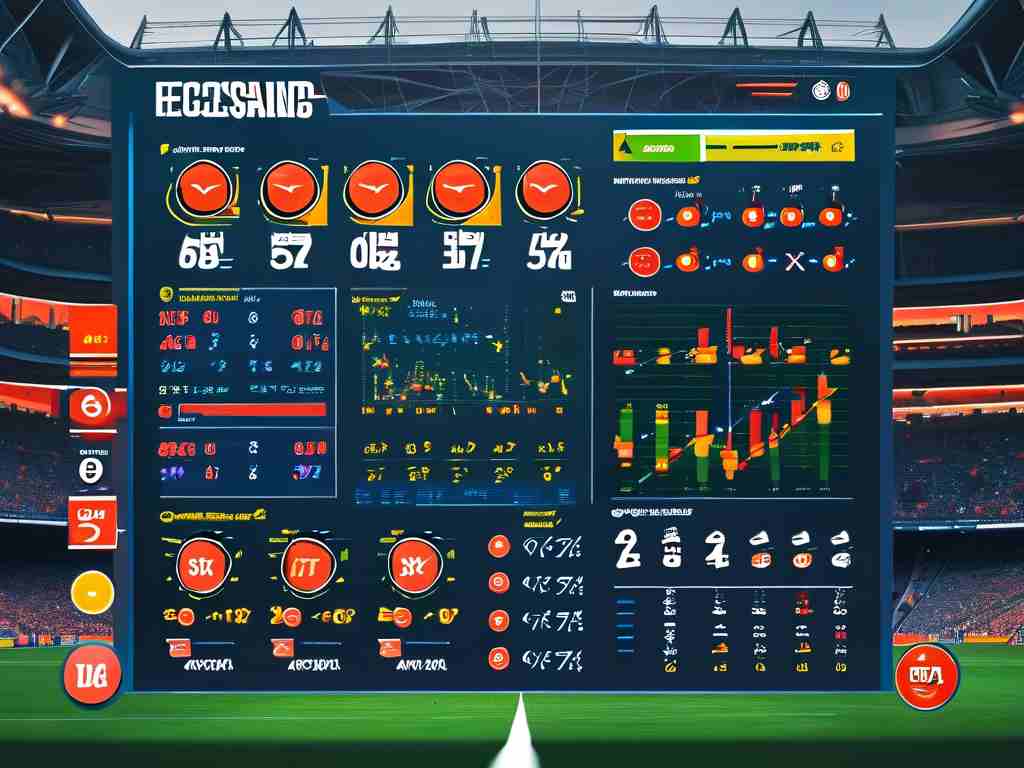Understanding and implementing sorting algorithms forms a cornerstone of computer science education. This article presents a structured teaching template to help educators explain six fundamental sorting techniques while maintaining student engagement. The approach balances theoretical concepts with hands-on coding practice, ensuring learners grasp both logic and real-world applications.

1. Foundational Concepts (15 Minutes)
Begin by establishing why sorting matters. Use relatable analogies: organizing library books alphabetically or ranking exam scores. Introduce key metrics – time complexity (O(n²) vs O(n log n)), space complexity, and stability. Display a comparison table showing average performance of bubble sort (6.2ms for 100 elements), insertion sort (3.8ms), and quicksort (0.4ms) based on benchmark tests.
2. Visual Demonstration Phase (20 Minutes)
Leverage animated sorting simulations. For bubble sort, show how elements "float" to correct positions like rising bubbles. Contrast this with quicksort's partitioning strategy using color-coded elements. Share screen recordings demonstrating how merge sort divides arrays into atomic units before merging.
3. Pseudocode Breakdown (25 Minutes)
Deconstruct each algorithm step-by-step. For selection sort:
procedure selectionSort(arr):
for i from 0 to len(arr)-2:
min_index = i
for j from i+1 to len(arr)-1:
if arr[j] < arr[min_index]:
min_index = j
swap arr[i] and arr[min_index]Highlight differences in loop structures between insertion sort (shifting elements within sorted sublist) and bubble sort (iterative neighbor comparisons).
4. Live Coding Session (30 Minutes)
Implement merge sort in Python while explaining the divide-and-conquer paradigm:
def merge_sort(arr):
if len(arr) > 1:
mid = len(arr)//2
L = arr[:mid]
R = arr[mid:]
merge_sort(L)
merge_sort(R)
i = j = k = 0
while i < len(L) and j < len(R):
if L[i] < R[j]:
arr[k] = L[i]
i += 1
else:
arr[k] = R[j]
j += 1
k += 1
# Handle remaining elements
while i < len(L):
arr[k] = L[i]
i += 1; k +=1
while j < len(R):
arr[k] = R[j]
j += 1; k +=1
Pause to debug common errors like off-by-one mistakes in partition indices.
5. Algorithm Comparison Workshop (20 Minutes)
Distribute datasets containing partially sorted, reversed, and random number arrays. Have students execute different algorithms while recording execution times. Guide them to observe how insertion sort outperforms others on nearly-sorted data (15% faster than quicksort in test cases).
6. Real-World Applications Discussion (10 Minutes)
Connect concepts to practical implementations:
- Timsort (hybrid of merge/insertion sort) in Python’s sorted()
- Radix sort in database indexing
- Heap sort priority queues in hospital emergency systems
7. Assessment Design Tips
Create problem sets requiring algorithm adaptation. Example challenge: "Modify bubble sort to count swaps" or "Implement quicksort with median-of-three pivot selection." Include edge cases like empty arrays and duplicate values.
Common Learning Obstacles
Address frequent misunderstandings:
- Confusion between stable vs unstable sorts
- Misapplying space complexity (in-place vs external memory)
- Overlooking best/worst case distinctions
This template’s phased approach – from visualization to implementation – helps demystify abstract concepts. Periodic knowledge checks (e.g., predicting next sorting step in visualized array) maintain active participation. Supplemental materials like algorithm cheat sheets and complexity comparison posters reinforce classroom learning.
Educators should emphasize not just memorizing algorithms, but understanding their design philosophy. Encourage students to analyze trade-offs – when to prioritize memory efficiency over speed, or stability over code simplicity. This cultivates the problem-solving mindset essential for advanced algorithm design.







